During his Senate confirmation hearing on March 27, 2025, Dr. Troy Meink, President Donald Trump’s nominee for Secretary of the Air Force, underscored a dominant theme in current military thinking: the integration of drones and unmanned systems as a cornerstone of modernization efforts. Meink’s vision for the future of the Air Force signals a growing reliance on these technologies to maintain strategic advantage in an era of rapid technological evolution.
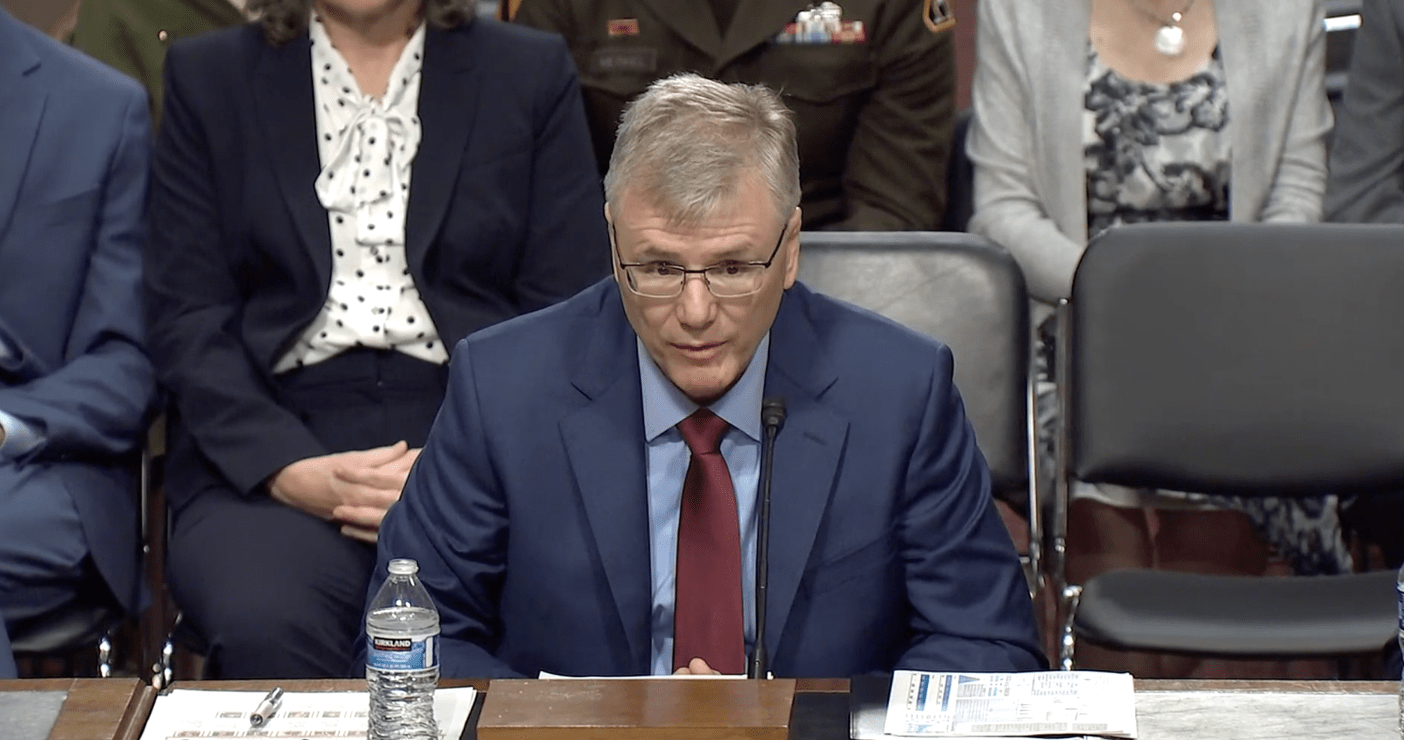
Collaborative Combat Aircraft: A Key Focus
One of the most prominent mentions during Meink’s testimony was the Collaborative Combat Aircraft (CCA) program. These next-generation drones are designed to operate alongside manned fighter jets, enhancing combat capabilities through advanced coordination and modular design. Meink emphasized their role in achieving “affordable mass,” a concept aimed at producing low-cost, scalable unmanned systems to counter threats from near-peer competitors like China. The CCA program represents a shift toward leveraging drones as force multipliers rather than standalone assets.
Strategic Integration of Unmanned Systems
Meink outlined plans to integrate drones into broader Air Force operations, focusing on their command-and-control systems, cybersecurity measures, and compatibility with other warfighting capabilities. He described unmanned systems as critical tools for deterring conflicts in sensitive regions such as the Taiwan Strait. This approach reflects a “total drones” strategy, which prioritizes the development and deployment of unmanned technologies to address emerging threats effectively.
Innovation and Industry Expansion
As part of his modernization agenda, Meink pledged to accelerate innovation in drone technology by expanding competition and the industry base. Drawing from his experience at the National Reconnaissance Office (NRO), he highlighted how fostering competition has historically reduced costs and expedited delivery timelines for advanced systems. This strategy aims to ensure that drone programs remain both cost-effective and technologically superior.
Balancing Modernization with Readiness
Meink acknowledged the challenge of balancing immediate readiness needs with long-term modernization goals. He committed to conducting a “holistic review” of all modernization programs, including those related to drones, to ensure they receive adequate resources. His testimony emphasized that integrating unmanned systems is not just about acquiring new technologies but also about ensuring they seamlessly complement existing capabilities.
A Reflection of Military Trends
Meink’s focus on drones during his confirmation hearing underscores their increasing importance in military strategy. The Air Force’s investment in programs like CCA signals a broader trend toward using unmanned systems to enhance operational flexibility, reduce risks to personnel, and achieve cost-effective scalability. As competitors like China continue to advance their own drone technologies, Meink’s plans reflect an urgent need for the U.S. military to innovate faster and maintain its technological edge.
Want DRONELIFE news delivered to your inbox every weekday? Sign up here.
Read more:
- The New King of Combat: How Small FPV Drones Are Reshaping Modern Warfare
- Ukraine Expands Drone Capabilities with New Approvals and Ambitious Procurement Plans
- Revolutionizing Warfare: How Small UAS are Shaping the Future of Military Tactics on the Drone Radio Show!

Miriam McNabb is the Editor-in-Chief of DRONELIFE and CEO of JobForDrones, a professional drone services marketplace, and a fascinated observer of the emerging drone industry and the regulatory environment for drones. Miriam has penned over 3,000 articles focused on the commercial drone space and is an international speaker and recognized figure in the industry. Miriam has a degree from the University of Chicago and over 20 years of experience in high tech sales and marketing for new technologies.
For drone industry consulting or writing, Email Miriam.
TWITTER:@spaldingbarker
Subscribe to DroneLife here.

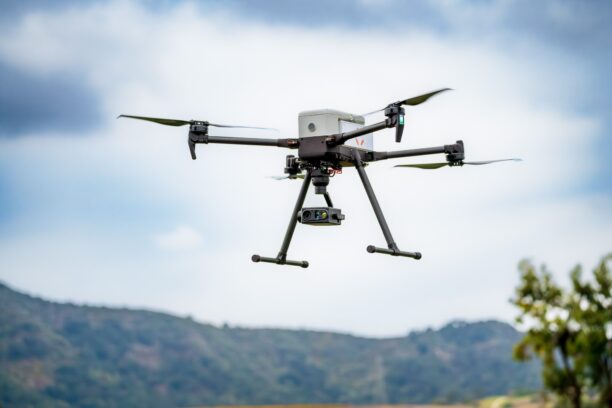
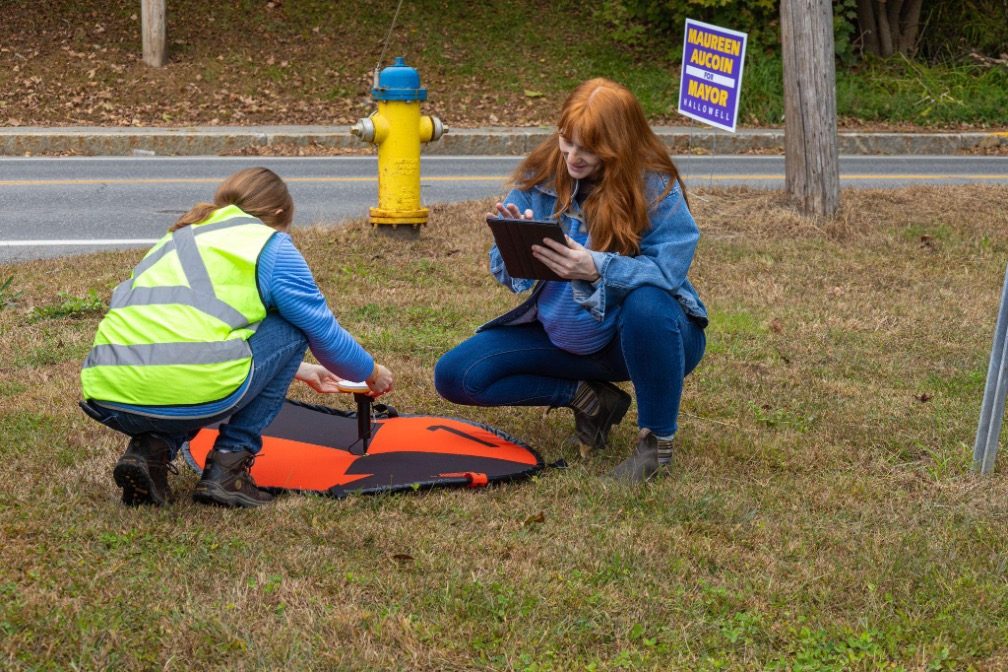

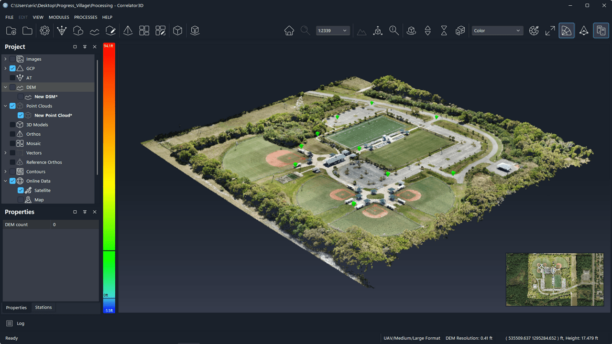
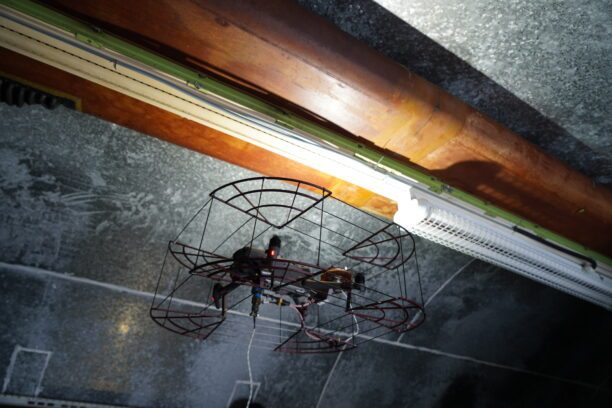

I’ve gained a lot of insight from this article—thank you!